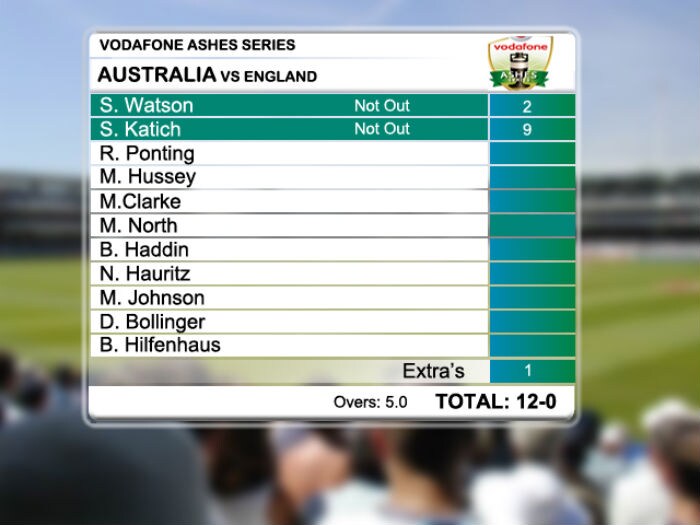10 technologies that power cricket on TV
-
 1/10
1/1010 technologies that power cricket on TV
Graphics package – It may look simple, but a lot of technology goes behind making a correct scoreboard appear on TV during a match. High quality scoreboards with bowling and batting statistics have been the backbone of cricket broadcast
-
 2/10
2/1010 technologies that power cricket on TV
Snickometer – Invented by Allan Plaskett, the snickometer is used to detect edges from the bat using a microphone placed near the stumps. Commonly known as Snicko, the technology uses the difference between sound frequencies of the ball hitting different surfaces. For example, a woody sound has a different frequency than that of the ball hitting the glove
-
 3/10
3/1010 technologies that power cricket on TV
Hawk Eye – One of the most used technologies to judge the trajectory of the ball, it has been used by broadcasters for a long time to help commentators and viewers know if correct decisions were given for Leg Before Wicket (LBW) appeals. This technology predicts the path of the ball after impact, using a slew of cameras placed around the cricket ground. It is also being used as a part of the Umpire Decision Review System (UDRS) in the 2011 ICC Cricket World Cup
-
 4/10
4/1010 technologies that power cricket on TV
Hot Spot – Another ball tracking technology used in television relies on infrared cameras that detect the heat signature of ball impact. For instance, wherever the ball hits the batsman, the heat signature of that particular spot changes – creating a Hot Spot. It is especially helpful in judging faint edges and close bat-pad LBW shouts. It is widely appreciated by players for its accuracy but is not a regular part of the ICC's UDRS due its expensive implementation and sensitive equipment
-
 5/10
5/1010 technologies that power cricket on TV
Stump Camera - The stump camera for long has been part of cricket broadcasting. It is a small camera hidden inside the stumps at both ends providing a unique angle to viewers
-
 6/10
6/1010 technologies that power cricket on TV
Super slow motion - This technology involves the use of a high-speed camera which captures live footage and then reproduces it in super slow motion format
-
 7/10
7/1010 technologies that power cricket on TV
Speed Gun - It is a small Doppler radar unit used to detect the speed of moving objects; it is commonly used to determine bowling speeds in cricket broadcast
-
 8/10
8/1010 technologies that power cricket on TV
Heart Beat Monitor or the Gator monitor tracks the heart rate of cricketers and displays it in the broadcast. For instance, the viewers can see the variations in the bowler's heart rate when he is running in to bowl
-
 9/10
9/1010 technologies that power cricket on TV
Real-time commentary by on-field players – With T20 cricket gaining prominence, players and umpires are hooked with microphones while playing. They interact with commentators to give a unique perspective to the match
-
 10/10
10/1010 technologies that power cricket on TV
Dart fish - Similar to the Hawk-eye technology, Dart Fish tracks the trajectory and gives the viewer a clear picture of the path of the ball once it has left the bowler's arm











